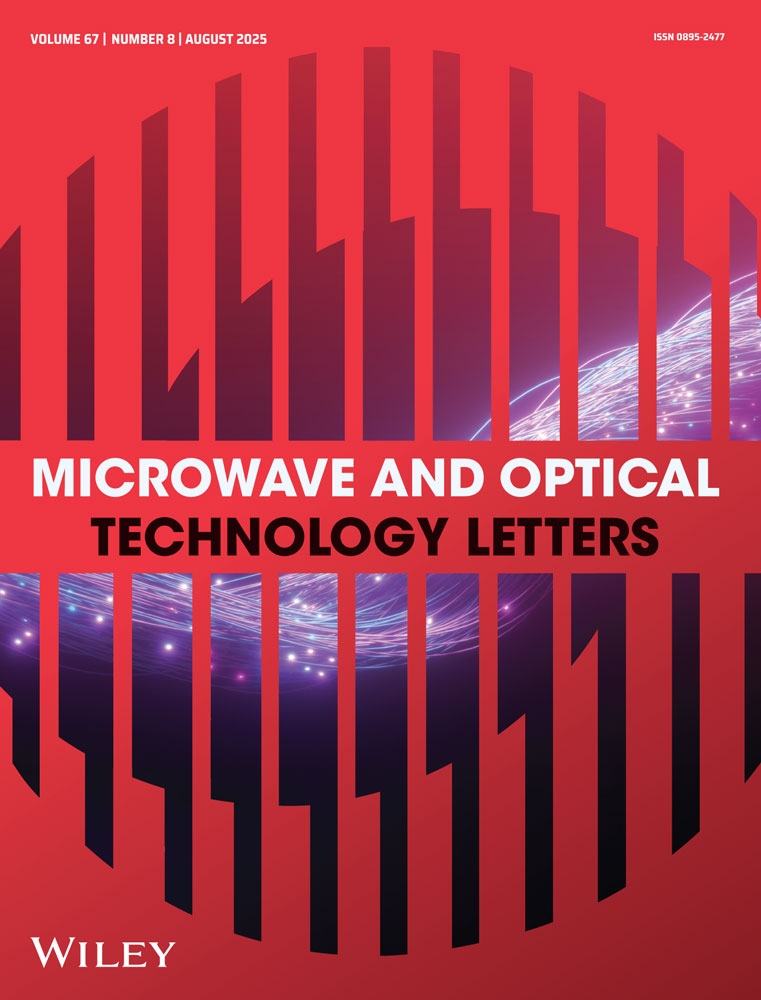Analysis and selection of optimum driving current combinations for tunable wavelength laser
Abstract
In a distributed Bragg reflector (DBR) laser, driving currents in the tri-electrode are adjusted to generate various channels in the ITU-Band. Many driving-current combinations can generate the same ITU channel. But when we take system performance into consideration, such as the chirping and the switching time when we switch DBR lasers between ITU channels, certain current combinations will generate better system performance than the others. In this paper, we develop the principle of how to select current combinations in order to obtain better system performance and also discuss the method of how to evaluate the system performance when different current combinations are selected. © 2006 Wiley Periodicals, Inc. Microwave Opt Technol Lett 48: 1417–1423, 2006; Published online in Wiley InterScience (www.interscience.wiley.com). DOI 10.1002/mop.21643




